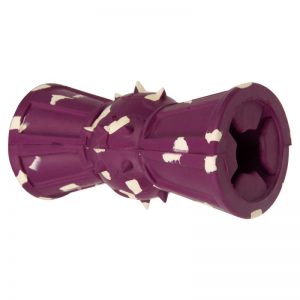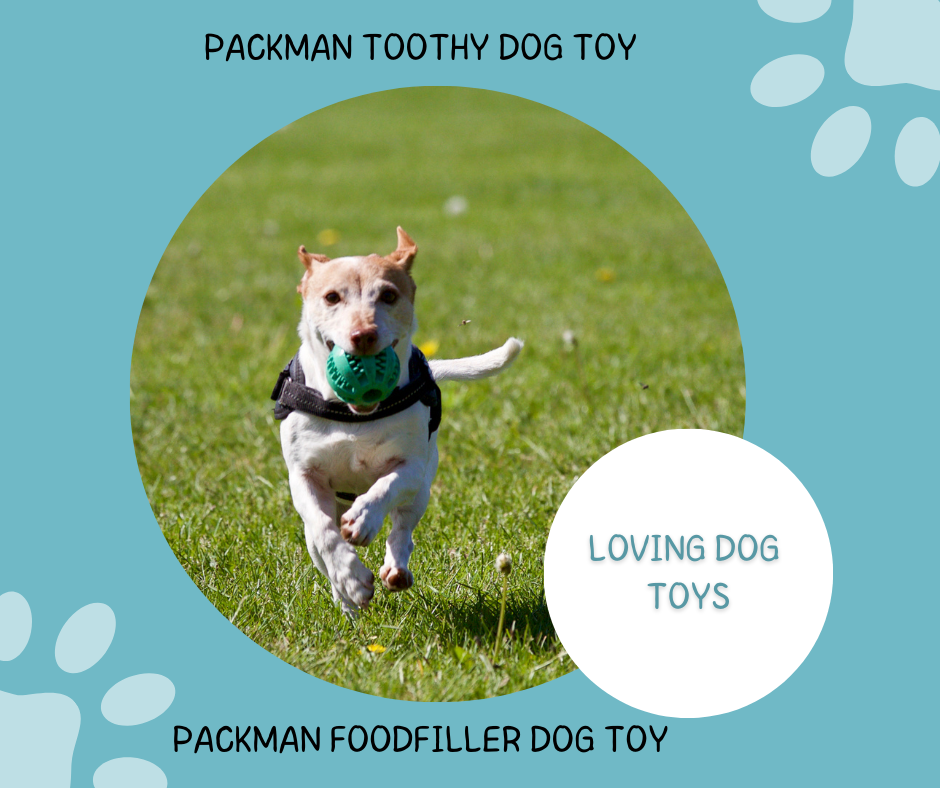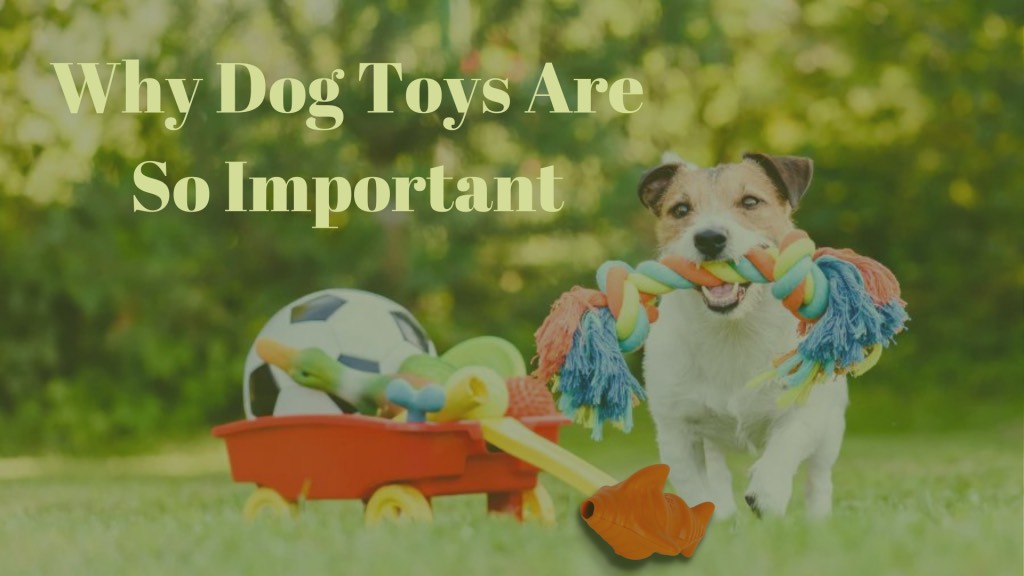Beginner’s Guide To Dog Playtime And Exercise !

Beginner’s Guide To Dog Playtime And Exercise !
Boredom can lead to your dog searching for a way to engage himself in activities. These activities may become destructive. Dogs may decide to chew up your furniture, dig up the garden, or tear up the couch. If you have a puppy, there is a greater risk of coming home to meet a mess. Puppies are eager to explore the world around them, curious and full of energy. They are not yet familiar with the house rules, and that may result in a lot of destructive behaviors.
Physical exercise and mental stimulation are important for you to have a confident, socialized and healthy dog.
As a dog owner, you would most likely find yourself wondering just how much exercise a dog needs and how frequently do dogs need exercise. The answer varies from dog to dog.
Factors that determine the amount of exercise your dog requires.
Some factors influence the amount of exercise a dog needs. And these factors should be considered before deciding on a regimen for your dog.
- Health
- Breed
- Age
Based on these factors, you can determine how much exercise your dog needs.
Age
Based on the age of your dog, you can determine how much exercise your dog needs.
Typically, puppies are very energetic. However, they are still growing, and their bodies are still developing. Short bursts of exercise several times a day should keep your puppy in great physical conditions. Short exercises several times a day are much safer than a really long walk for instance. A really long exercise may be too much for your puppy’s still developing body. Ultimately you need to spend a considerable amount of time with your puppy to learn exactly how much exercise your puppy needs to keep him happy and sane.
As for adult dogs, their bodies are a lot more developed, and they should be able to endure a longer and more rigorous exercise regimen. Be mindful of any underlying medical conditions your dog has. If your dog has an underlying medical condition, be sure to consult your veterinarian. If your dog is really old, you should consider the strength of their joints, and they may tend to get tired faster. Try to reduce the pace of your dog’s activities if an intensive exercise routine may place unwanted strain on their bodies.
Breed
Different dog breeds have different energy levels. Larger dog breeds are typically more energetic and may require more exercise to keep obesity at bay. For smaller breeds, exercise may be no more than a brisk walk up and down the stairs or a simple stroll around the block. Larger dog breeds may need a more intensive exercise routine or workout plan. For some breeds, daily walks will suffice.
Other breeds may require a lot of physical exertion to stay in shape because they have been bred to output a lot of energy or cover extensive areas of land. These dog breeds naturally have a lot of disposable energy and if you do not provide a means for them to channel that energy, they may become hyperactive or destructive.
Health
Your dog’s health determines the intensity of exercise your dog needs. If your dog is healthy and active, you may need more intensive exercises to tire him out. However, if your dog has underlying health issues, you may need to reduce the intensity of your exercise session.
A general rule I to consult your veterinarian to decide what exercise routine would best keep your dog fit and healthy. Depending on the nature of your dog’s health issues, or the absence of any, your veterinary will advise a suitable degree of exercise for your dog to channel his excess energy. Also, ask your veterinary for any signs that you may need to observe to determine if your dog is getting enough exercise. Be sure to ask what signs your dog will show if he is being over-exerted.
How to know if your dog needs more exercise.
Dogs may require from 30 minutes to 2 hours of exercise daily depending on the factors discussed above. Some breeds are more active than others, and as a result, will require more exercise than less active breeds. When dogs do not get adequate exercise, they would act out in some ways or find other ways to channel the excess energy.
The best bet is to study your dog and determine how energetic your dog is. If your dog seems to get into trouble often, chewing on things, eating strange things, getting in the trash, and so on, you may need to increase the amount of exercise your dog gets. If your dog starts to behave more calmly on days when you exercise your dog more, it is a clear indication that your dog needed more exercise, and you should increase the amount of exercise your dog gets.
At night, your dog should be sleeping as you are sleeping. If however, your dog remains active at night, it may be an indication that your dog needs more exercise.
Additionally, the excessive barking may also be another indication that your dog needs more exercise. Dogs bark for a lot of reasons, and you must find out why your dog is barking. If your dog barks more when you are not around, that may be an indication of separation anxiety. Your dog may also decide to bark at other dogs or other people that come around. Your dog may also bark at imaginary noises if he does not get enough exercise.
Experiment with increased exercise time and study the changes in your dog’s behavior as you do. Your dog will show fewer signs of hyperactivity and generally relax more during his downtime as opposed to barking and running around when he gets adequate playtime and exercise. Also, your dog would not chew on random objects when he has had enough exercise and playtime.
Playtime
Playtime and exercise are quite similar from your dog’s perspective. Your dog will likely enjoy a brisk walk just as much as a game of fetch. However, the playtime activity for your dog is meant to be enjoyable for both you and your dog. The major difference between playtime and exercise is that during playtime, your dog would still get enough exercise, but your dog would also get a lot of positive interactions with you, other people, or other dogs.
You can include training sessions as a part of your playtime if you need to teach your dog some more, also, if you need to teach your dog some new tricks. It helps you to bond with your dog while giving you more control. Be sure to use a lot of positive reinforcement and your dog would look forward to training sessions with you.
When it comes to playtime, there is a wide range of games and activities you can involve your dog in. You can use a rubber dog toy during playtime to keep your dog engaged physically and mentally. There are so many fun playtime activities you can use a rubber dog toy for. It is important to determine the type and amount of exercise suitable for your dog. Some dogs have been bred for stamina and will require more intensive exercise than others.
Retrieving breeds such as the golden retriever are good with long sessions of catch or Frisbee. Breeds that were built for sledding may enjoy pulling a cart, or if you are an active person, your dog will definitely enjoy running and jogging with you. Agility train gin and playing on an obstacle course suit herding dog breeds. Be sure to take your dog’s breed, behavioral requirements, and health limitations into account before deciding what your exercise and playtime would be.
Playtime and exercise are just as important for your dog’s physical and mental wellbeing. Providing adequate playtime and exercise for your dog will help you raise a healthy, physically fit, and mentally alert, and well-adjusted dog. Playtime is different from exercise, however, they can both be interwoven. You may exercise your dog’s body during playtime or you may stimulate your dog mentally during playtime. On the other hand, exercise can be fun for both you and your dog, in a way, it is a form of laytime that encourages your dog to spend his excess energy on physical and mental tasks. At the end of the day, playtime and exercise makes your dog stronger, faster, and most importantly, smarter.
What do you think?
Related Articles

PALLIGATOR: A fun rubber dog toy for your furry friend
We all love our pets and take good care of them. We choose and pick perfect things for our pets. Taking all these things in

Toothy Food Dispensing Dog Toys for your Paw Friend-Love’N Care
Love’N Care a special pet toy shop that offers high quality, naturally crafted safe and sustainable products for pets and products that are safe for

Why Dog Toys Are So Important-Love’N Care
Why Dog Toys Are So Important Dogs are the best friends of mankind. You can get a playful and loving companion for life if you